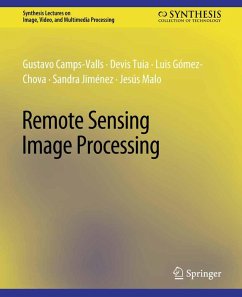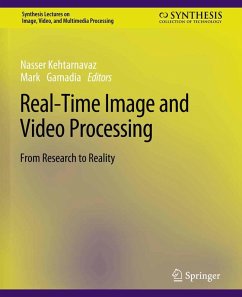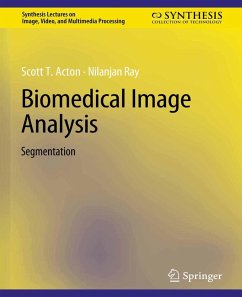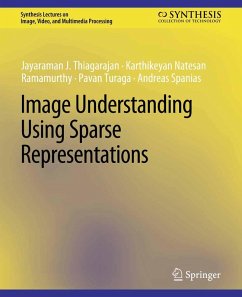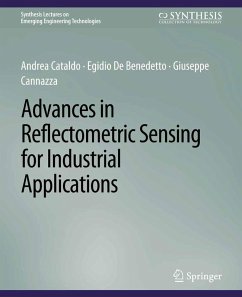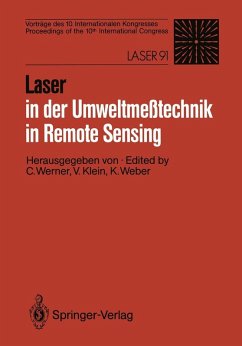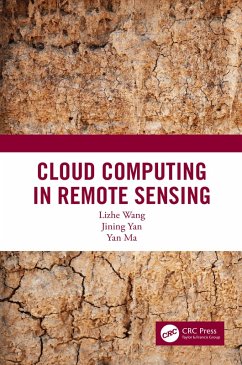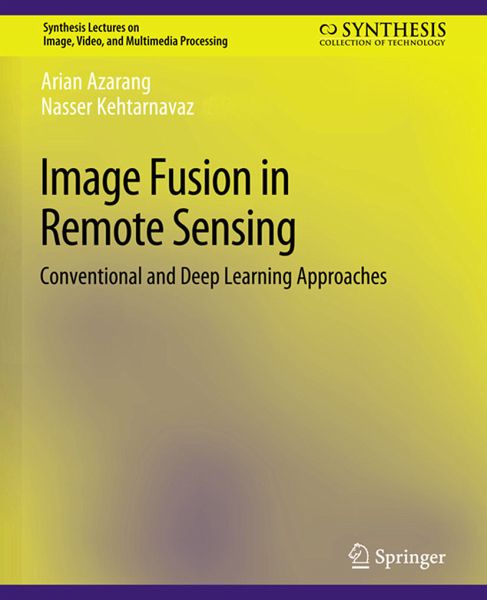
Image Fusion in Remote Sensing (eBook, PDF)
Conventional and Deep Learning Approaches
Sofort per Download lieferbar
Statt: 29,95 €**
22,95 €
inkl. MwSt.
**Preis der gedruckten Ausgabe (Broschiertes Buch)
Alle Infos zum eBook verschenkenWeitere Ausgaben:

PAYBACK Punkte
11 °P sammeln!
Image fusion in remote sensing or pansharpening involves fusing spatial (panchromatic) and spectral (multispectral) images that are captured by different sensors on satellites. This book addresses image fusion approaches for remote sensing applications. Both conventional and deep learning approaches are covered. First, the conventional approaches to image fusion in remote sensing are discussed. These approaches include component substitution, multi-resolution, and model-based algorithms. Then, the recently developed deep learning approaches involving single-objective and multi-objective loss f...
Image fusion in remote sensing or pansharpening involves fusing spatial (panchromatic) and spectral (multispectral) images that are captured by different sensors on satellites. This book addresses image fusion approaches for remote sensing applications. Both conventional and deep learning approaches are covered. First, the conventional approaches to image fusion in remote sensing are discussed. These approaches include component substitution, multi-resolution, and model-based algorithms. Then, the recently developed deep learning approaches involving single-objective and multi-objective loss functions are discussed. Experimental results are provided comparing conventional and deep learning approaches in terms of both low-resolution and full-resolution objective metrics that are commonly used in remote sensing. The book is concluded by stating anticipated future trends in pansharpening or image fusion in remote sensing.
Dieser Download kann aus rechtlichen Gründen nur mit Rechnungsadresse in A, B, BG, CY, CZ, D, DK, EW, E, FIN, F, GR, HR, H, IRL, I, LT, L, LR, M, NL, PL, P, R, S, SLO, SK ausgeliefert werden.



